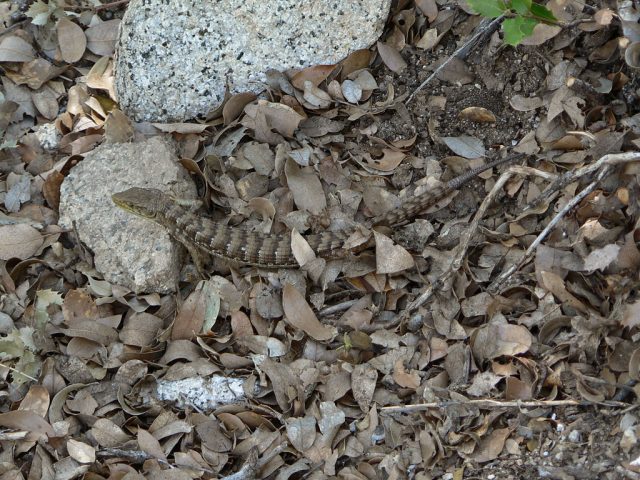Type the name of the breed you're looking for below
[wpdreams_ajaxsearchlite] Don't see the breed your're looking for? Click here and let us know!
Southern Alligator Lizard
| Place of Origin and Range | The Southern Alligator Lizard is a lizard native to the Pacific coast of North America. |
| Description | The southern alligator lizard has a long, somewhat prehensile tail, up to twice the length of its body. |
| Morph Patterns Available | Yes |
| Adult Size | Can grow up to 11 in (28cm) |
| Accommodation | A minimum of two hides, a warm one and a cooler one, using their hides to "stalk" or wait for dinner. A day basking lamp(basking spot 80'F(27'C)or some owners prefer under tank heating. Also you want to include a bathing dish big enough to climb in without overflowing. To improve shedding. 2 ft x 2 ft x 4 ft terrarium for an adult. |
| Lifespan | Can live 10+ years |
| Feeding / Diet | In the wild they eat small arthropods, slugs, lizards, small mammals and occasionally young birds and eggs. |
| Other Considerations | The lizards can frequently be found near human habitation and are notable for their fearless self-defense; they will often bite and defecate if handled. |



